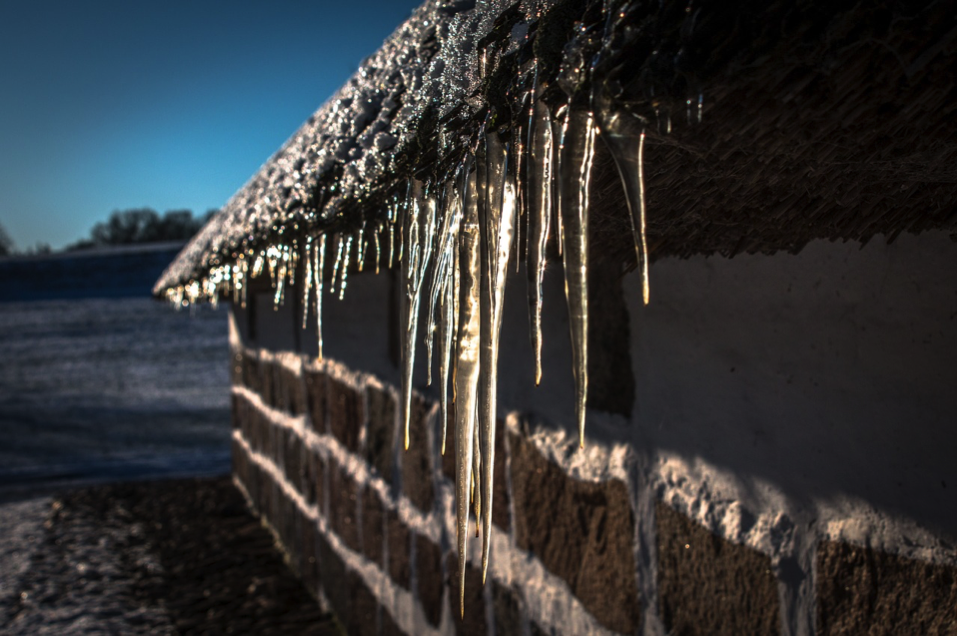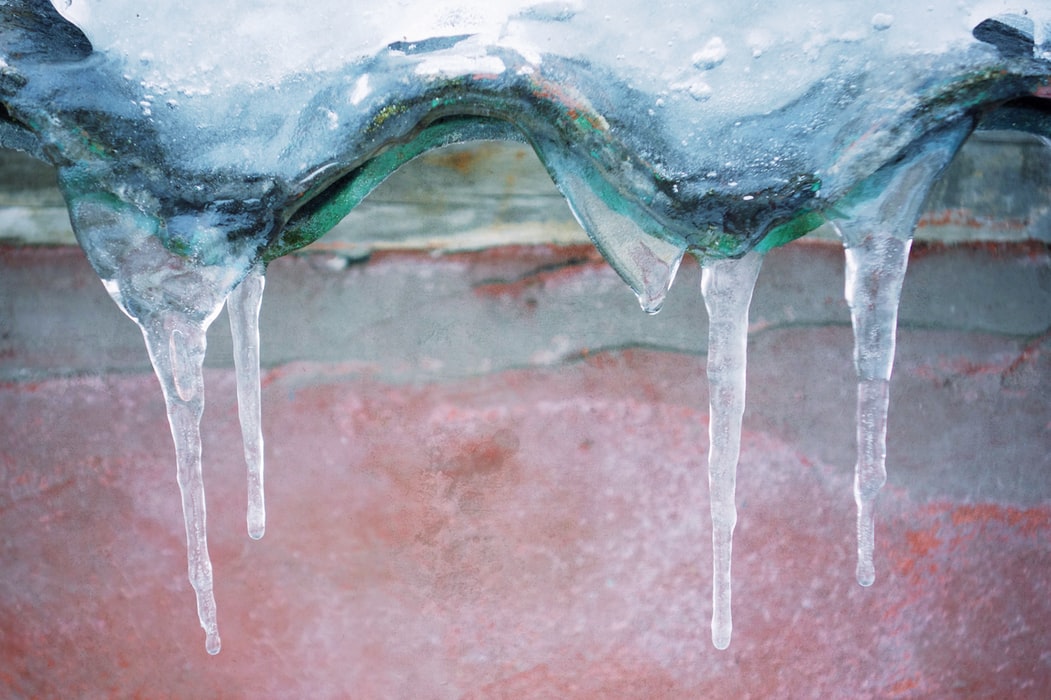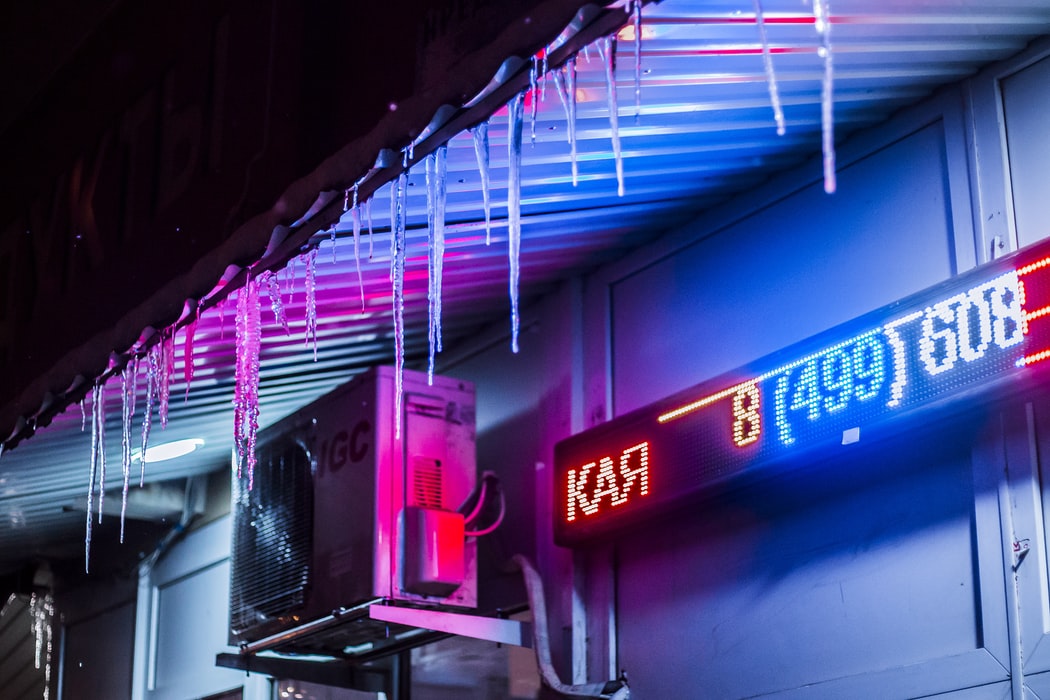The Danger of Ice Dams and How to Avoid Them

Learn how to avoid ice damns forming on your roof to stop long-term roof damage!
 Photos By: Unsplash
Photos By: Unsplash
Ice damming: if you live in a temperate climate and you’ve ever spent time researching or talking about roof maintenance, this is a term you’ve probably come across. But what is ice damming, what does it do to your home, and how can you keep it from happening?
This short guide will explain how ice dams form, and provide a few basic pointers that can help you stop them from causing long-term damage to your roof. As with any other aspect of roofing maintenance, responding proactively is the best way to identify an ice dam so you can hire roofers to fix it before it gets worse and becomes a major expense.
What are Ice Dams?
In the simplest possible terms, an ice dam is a layer of ice that forms on top of your eaves and keeps melting snow from draining into the gutter. If you’ve ever seen a house with massive icicles hanging from the gutters, you’ve seen an ice dam.
How do Ice Dams Form?
An ice dam forms when warm air rises into your attic, heats the roof deck, and melts the snow along the ridge or peak. This meltwater then flows down the roof to the eaves, which overhang the main living area and tend to be significantly colder. When the water reaches the eaves it freezes, creating a dam that traps water on the roof.
Why are Ice Dams Dangerous?
Over time, the ice sheet that forms along the eaves creep up underneath the shingles, damaging your roof and causing moisture to build up in your attic. This can lead to:
- Rotting beams
- Broken shingles
- Mold
- Gutter damage
The beautiful icicles that form along the gutter can also be a hazard to people and property.
How Can I Protect My Roof from Ice Dams?
Preventing ice dams is a multi-step process. The first thing you should do is make sure that all your gutters and downspouts are cleared of debris so meltwater can be channeled away. Second, you should make sure your attic is properly insulated and ventilated. Insulation will help keep warm air from escaping from your living space and overheating your attic, and ventilation will ensure that any warm air that does reach the attic has somewhere to go.
If you have noticed signs of ice dams forming on your roof, the best thing to do is contact a professional roofing company in your area that can advise you as to what steps can be taken. It may be necessary to cut new vents, and if you have an old roof you may need to protect your eaves with an ice barrier (most new roofs will have ice and water shield laid down as a standard practice).
Being proactive about avoiding ice dams will help you avoid winter water damage, and can extend the life of your roof. You may miss the icicles, but you’ll save a lot of money on roof repairs in the long run.









Leave a Comment